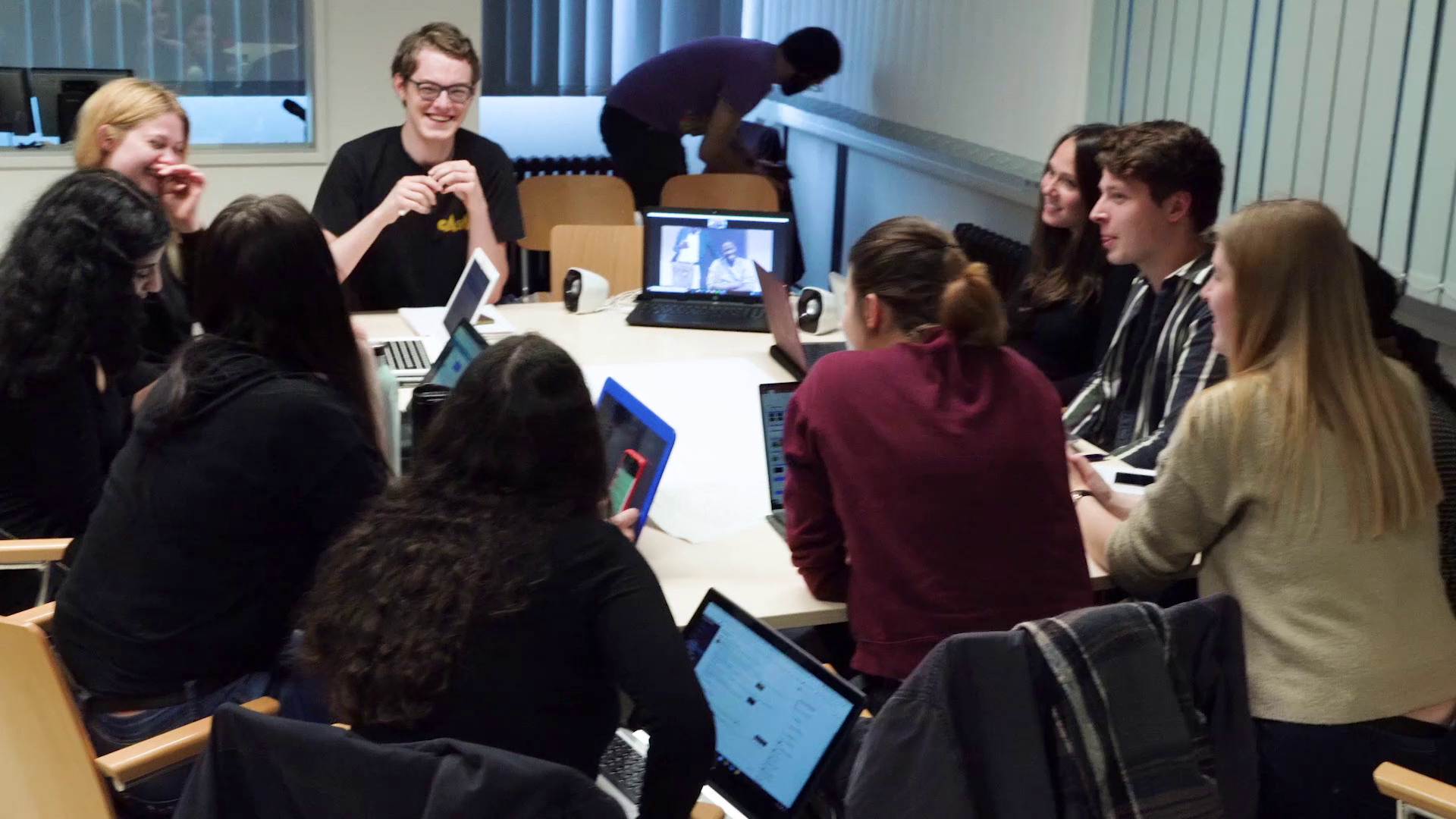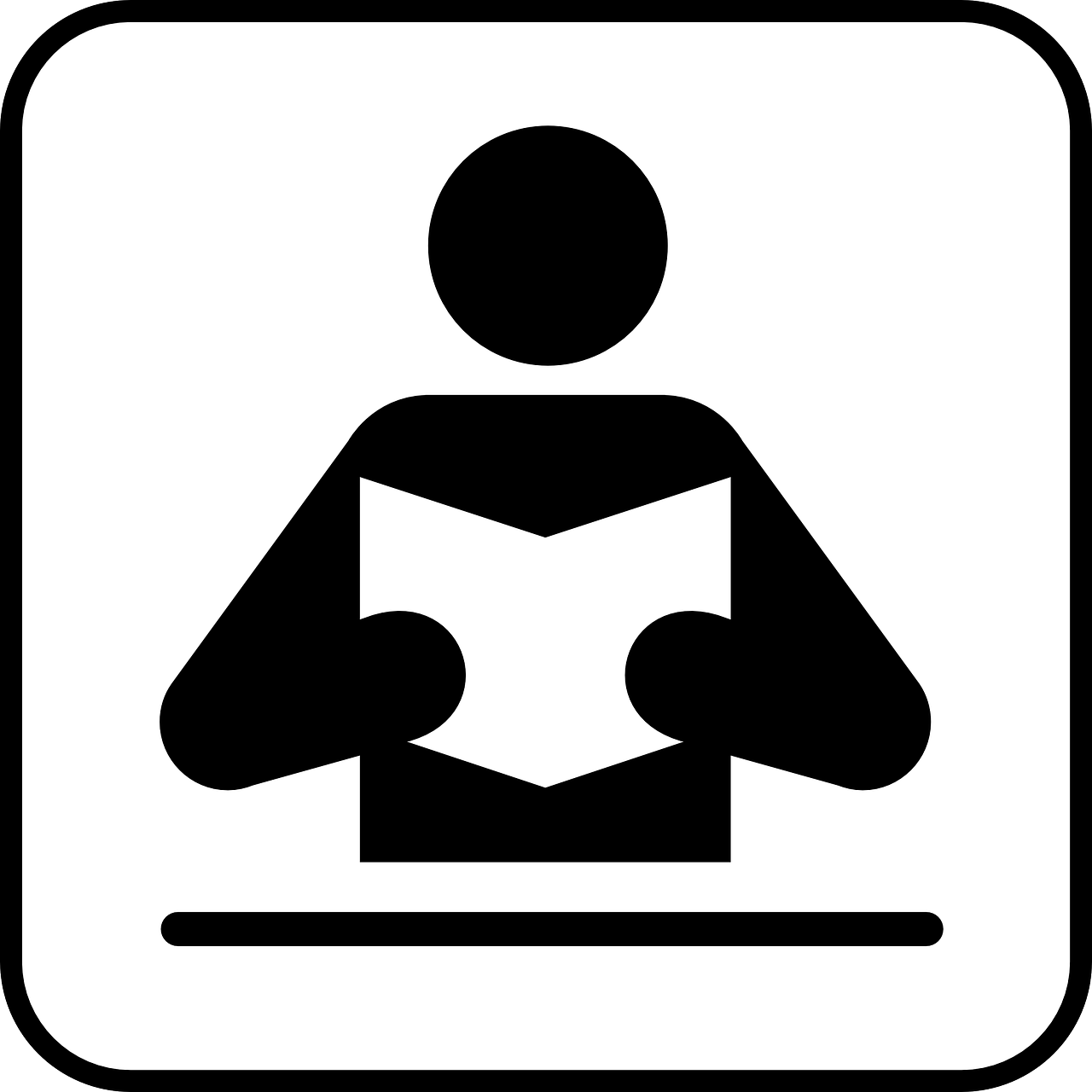Didactics and Methodologies
Conventional teaching, learning and examination methods cannot simply be transferred to our cross-site teaching seminar. Specific and contextual didactic and methodical means have to be developed and tested. To this end, we continuously create innovative teaching and learning methods as part of our cross-site-teaching project. Creative teaching methods and new didactics help us to react to the challenges of teaching in an international context, to create „real“ exchange between students and lecturers and to contribute to the internationalization and digitalization of teaching.
Cross-site teaching and learning
The core concern of our project is that students exchange ideas, change their perspective and jointly develop questions and results. Our goal is to broaden the student’s view on the research object and to promote the transfer of knowledge across locations, as well as the intensive examination of internationally divergent perspectives and research approaches.
The selection of literature is fundamental to our seminar. As Almeida and Kumalo (2018) describe, historically, knowledge has been developed in the global north and reflects “white, western” ownership. Keeping that in mind, we take care to include literature from different contexts in addition to Anglo-American readings. In this way we enable our students to gain insight into internationally diverging perspectives and research approaches and sharpen their focus on the critical reflection of literature and consumed knowledge.
During the seminar sessions, our students play a central participative role, for example as exhibitors of (online) posters during the vernissage, as ‘papergivers’ during the debate, as reporters at simulation games and as discussants at an expert panel. The concepts of ‘student-centred learning’ has become popular in education theory and policy although, as Greener (2015) argues, it has hardly “penetrated beyond the periphery of practice”. If students are not to be seen as passive recipients of knowledge, then Bandura (1984; as discussed in Greener 2015) argues that we need to begin to understand the learning experience as a product of ‘triadic reciprocal determinism’ where the “abilities, expectations and attitudes of a learner are constantly in relationship with the environment” – both the physical, sensory environment as well as the social, relational environment. A students’ relation to others and the world around them becomes pivotal to this learning encounter. We use various methods for this purpose. Small group discussions, in which cross-location student groups work together have proved particularly successful:

Another example of an innovative teaching format are simulations. In 2019, for example, we conducted a simulation for peace negotiations between Ukraine and Russia with Germany as the mediator. Three heterogeneous student groups prepared the respective positions and concerns of the country. Representatives of the groups then met in plenary session and simulated a mediation talk. Students thus took the perspective of a particular country and played an active role in our seminar.

In order to ensure successful cooperation between students and teachers over hundreds of kilometres, specific didactic and methodological tools have to be developed and tested. For example, a functioning interaction in the seminar situation between cross-location students depends, among other things, on the visualisation of the respective speakers (i.e. zoom function). On an interpersonal level, it plays a role whether students are willing to speak into a camera to an (initially) anonymous circle of addressees without being able to immediately perceive the reactions of the recipients.
In the context of our seminar we mainly work with video conferencing systems such as Vidyo, Zoom and AdobeConnect, but also messenger services such as Slack and WhatsApp facilitate communication between students and teachers.
Co-production of knowledge
In addition to the exchange during the seminar sessions, our students form heterogeneous cross-location groups. In a team, students are working together on scientific issues in peace and conflict research, and thus become producers of knowledge. We provide new examination formats and flexible learning paths and enable our students to produce innovative products and outputs. The results of the group work are recorded and created by the students in so-called digital outputs (Find examples for digital outputs here). In the past, radio shows, podcasts, simulation and explanation videos were particularly popular. Although we encourage our students to come up with their own ideas, we created a manual with instructions and tips for the creation of digital outputs, which is based on previous student projects.
Blended learning
It is important to us to provide our students with the best possible expertise. Therefore, we invite external lecturers to share their experience and knowledge with us (Experts in 2018; Experts in 2019) . This is done on the basis of expert videos and a live connection to the respective session. This gives our students the opportunity to gain practical insights into the work of experts from all over the world and to ask their questions to experts in Q&A formats during the seminar.
sources:
Almeida, S. & Kumalo, S. H. (2018). (De)coloniality through indigeneity: Deconstructing calls to decolonize in the South African and Canadian university contexts. Education as change, 22(1), 1-24.
Bandura, A. (1986). Social foundations of thought and action: A social cognitive theory. Englewood Cliffs, NJ: Prentice-Hall.
Greener, S. (2015) What do we mean by “student-centred” learning? Interactive Learning Environments, 23(1).
Manual Digital Outputs
Here you can find several ideas and tips for digital outputs which have been already created by our cross-location student groups.
General tips:
- Include and cite the readings.
- Look for more literature and use optional readings listed in the syllabus.
- Take care of
…Audioquality & your use of language: speak clearly and not too fast.
…Videoquality: Always record in landscape format.
…Clear structure:
- Introduction – Body – Conclusion
- Stages and thoughts are related to oneanother.
- Use key and linking words.
…Length:
- video: max. 15 min
- audio: max. 15 min
- text: min. 1500 words per person
Examples
Video
Audio
Audio/Video

You can also work with Texts and Photos, for example by creating a:
Blog Post
| What? | Write a blog post about a certain topic |
| How? | Text (best length for a blog post is around 1,500 words) + Include further links, hints and pictures. |
Self-learning / Online-Quiz
| What? | Produce 8-10 questions as an eLearning quiz |
| How? | Pick minimum three different question formats. Create the questions with a subsequent following feedback with explanations. Make sure to include the readings. Here you find tips how to create a quiz on Google Formular: https://support.google.com/docs/answer/7032287?hl=en&ref_topic=6063584. |
Position paper of an Organization on a conflict
| What? | Position paper in name of an international/regional/local organization or a country which refers to a certain conflict |
| How? | Central questions: How does the organization define the conflict? Who is affected by the conflict? Who are the conflict parties? What are the interests of the conflict parties? What is the aim of the organization? How could the conflict be solved? Structure: 1. Short introduction of the organization 2. Conflict description from the viewpoint of the organization: actors, dynamics, causes, consequences 3. Mediation approach of the organization: instruments and aims 4. Political demands |
| Example: | http://www.nmun.uni-wuerzburg.de/ehemalige-delegationen/delegation-2010-qatar/unser-land/position-paper-united-nations-childrens-fund/ |
Useful Tools for the Digital Output
Camtasia: Presentation and Audio/Video
- You would first have to download a demo version and install it on your computer (https://www.techsmith.de/download/camtasia/). You can use the demo for 30 days. Once Camtasia is installed, you can open your Power Point and you will find an add-in toolbar in the upper left corner. Here you can find a user-friendly tutorial: https://www.youtube.com/watch?v=jxYQou07q7c.
OBS: Presentation and Audio/Video
Audacity: Audio
- Audacity is a free audio editor and recorder. You can download it here: https://www.audacityteam.org/download/. Here you find the manual and FAQ: https://manual.audacityteam.org/#using.
Cutting-Tools:
- Adobe Premiere Pro
- Windows Movie Maker: Free for Windows Users
- iMovie: Free for Apple Users
